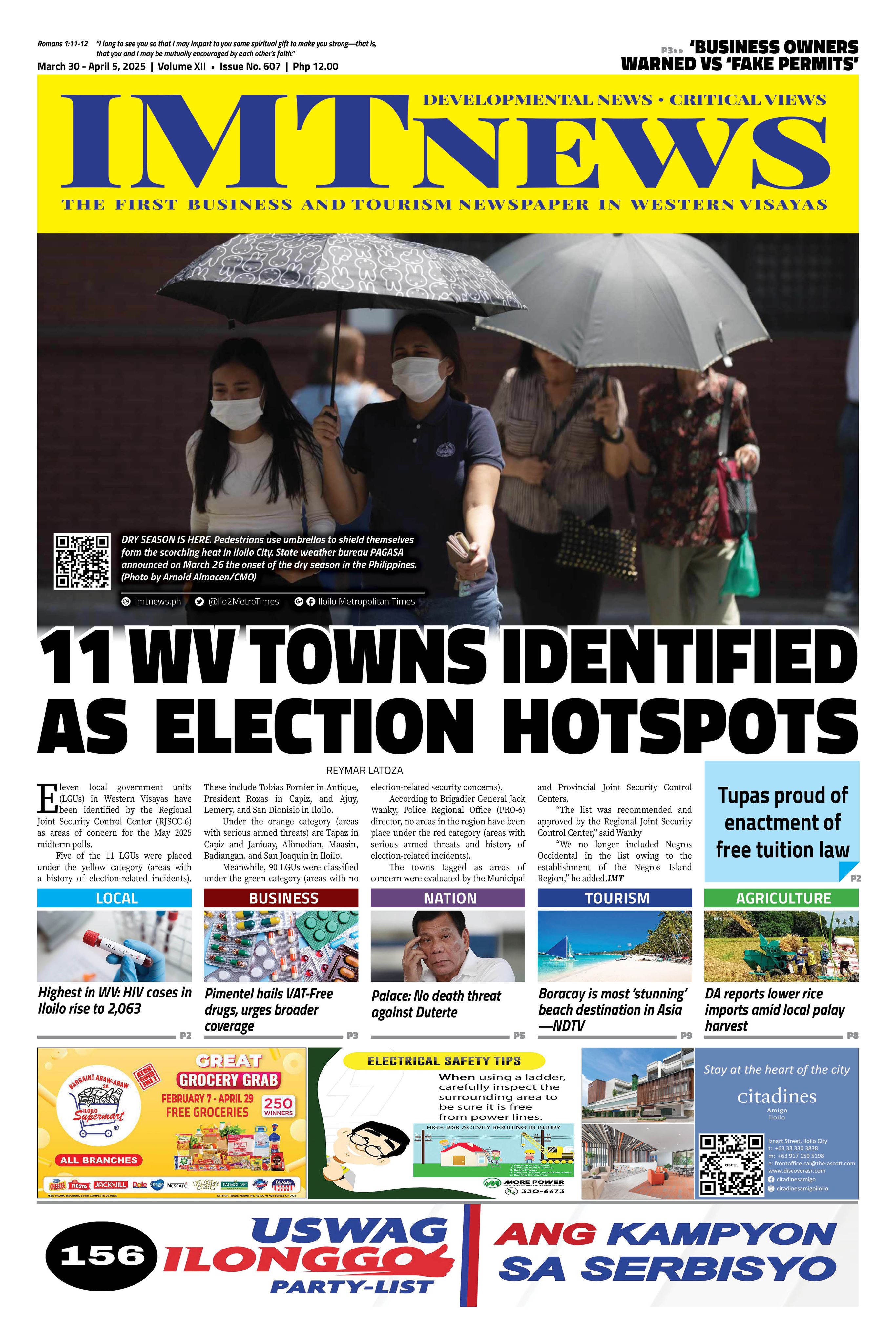IT’S GOOD to notice that more and more private doctors are now going into the practice of online medical consultation, also known as telemedicine or telehealth.
Some non-government organizations (NGOs) are also starting to use the technology, but it seems that many national government agencies (NGAs) and local government units (LGUs) are still unable to adopt it.
I say unable because I am just giving them the benefit of the doubt, but it could also be that they are even unwilling to use it for some reason or the other.
It is also possible that some of them would not know how to adopt the technology, and are not even attempting to use it.
Perhaps the problem could be money, but is it not that public health is supposed to be a top priority of government?
It is a known fact that most Barangay Health Units (BHUs) do not have medical doctors on duty. That is really a big problem, because how could sick people get proper medical attention if there are no medical doctors on duty?
Of course, that is not a problem for private clinics where there are always doctors on duty, but what about the poor people who have no choice but to go to the BHUs
Actually, not having access to medical doctors is a measure of poverty. What that means is the more people will not have access to poverty, the higher the poverty rate will be.
But that is just one side of the equation. The other side is the higher the poverty rate, the more poor people who would go to the BHUs were there will be no doctors who would attend to them, especially in the remote and far flung areas.
Thanks to telemedicine, any sick person could now have remote access to a medical doctor, no matter where the sick person is, regardless of where or she is, and regardless of whether he or she is poor.
The technology could use any means of internet connectivity, such as mobile data and satellite dishes. Once connected, the patient could talk to a doctor via voice of video.







